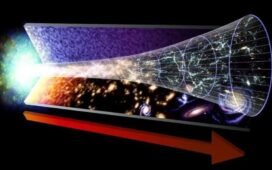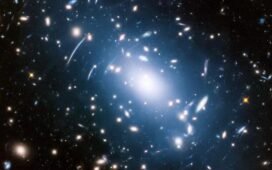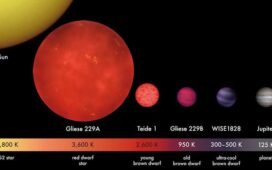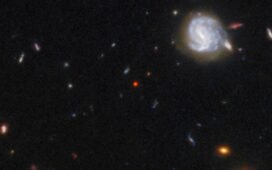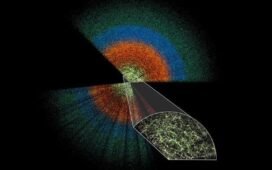A young, nearby, massive star, whose protoplanetary disk appears perfectly edge-on, was just viewed by JWST, with staggering implications.
Just 450 light-years away, new stars are being born.
The Taurus Molecular Cloud has thousands of stellar masses worth of cold, collapsing gas.
Inside the densest, most massive regions, newborn stars are already thriving.
Many young stellar systems have protoplanetary disks: the birthplace of planets.


